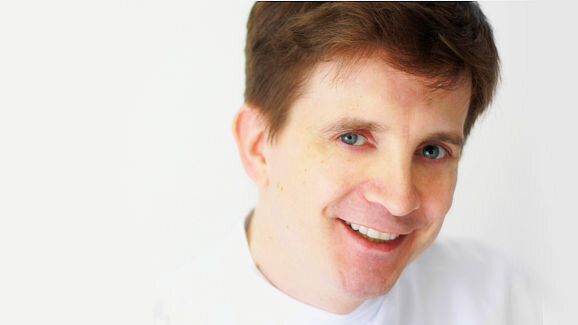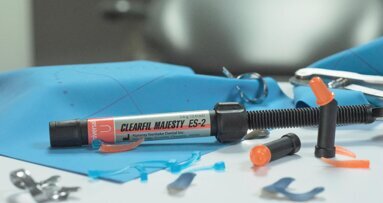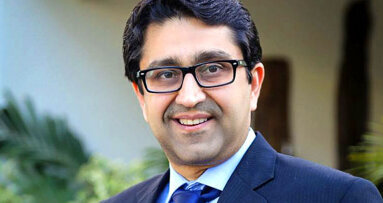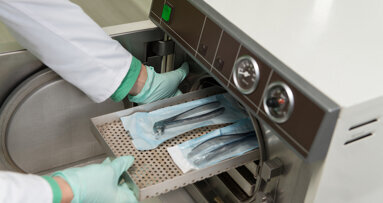When I was training at university, every stage of a procedure was supervised, step by tedious step. The “idiot sheets” (as our restorative dentistry professor called them) for each material were available to be referred to and followed religiously. Deviating from those instructions was not an option.
A few years into practice, it begins to be difficult recalling what was said about which particular materials. You know that you were told what was compatible with what, and what was not. When a sales representative turns up with something wonderful and new and better, a little alarm rings in your head, cautioning you that what the representative is telling you is contrary to what you were taught. But no, the representative quite confidently assures you that the research says, the studies show and the in vitro trials prove. And most importantly, the new product is faster. Yes, faster, much faster. You can save a whole 30 seconds per procedure. You do not have to wait for the next step: this does two steps in one or even three, if you want to be really good. And faster is better.
At this point, you begin to regret your failing recall of material science. How am I supposed to evaluate which material is best, when each of the glossy brochures shows that they are all better than each other?
The truth of the matter is, of course, that virtually all of the mainstream products out there are fit for purpose. What makes any material good, bad or indifferent is how the clinician uses it, including skill, time, effort and the amount of care. Even the best of products is going to be rubbish in the hands of someone who uses it badly.
“Lithium disilicate crowns are useless,” I was told by a dentist recently. “Every one I have placed has fractured.” With twice as many years of clinical experience as me, this dentist was preparing for this material exactly as he would for a porcelain-fused-to-metal (PFM) crown, using a coarse diamond fissure bur. The same internal angles, same margins, same lack of surface finish, same flat occlusal surface on the preparation that he had always had, and cementing the final product with glass ionomer. This had served him well for PFM crowns, but this new material was letting him down.
What was his conclusion? The material was to blame. Progress was a bad thing. He was going to stick with what he knew worked, full coverage PFM crowns for everyone, and disregard progress.
Maybe we all have a bit of that in us. All of the exact details of every process can be lost in the day-to-day stresses of the workload: that little step being skipped just this once, then once again, and then another step gone the next time. It is the normalisation of deviance: people becoming so accustomed to deviating a little from procedure that “they don’t consider it as deviant, despite the fact that they far exceed their own rules for elementary safety”.1 Just skipping that little step this time, not performing the process exactly to the manufacturer’s instructions, finding a way that is convenient, and assuming no responsibility for the results of the deviance. When something goes wrong, when a restoration fails, when a patient is in pain, it is the fault of the material, or the patient, or the laboratory or the nurse.
The next time you are placing or cementing or layering, stop and ask yourself: am I being a deviant? Refer to your idiot sheet and take the time to recall the correct process step by step. And deviate back to normality.
In this interview, Dr Adham Elsayed, certified specialist in dental prosthodontics and implants and clinical and scientific manager at Kuraray Noritake ...
LONDON, England: The UK’s General Dental Council has emphasised its commitment to understanding and monitoring the evolving impact of artificial ...
Advances in technology in dentistry have rapidly improved diagnostics, streamlined treatments and made the dental chair a safer, more comfortable place. ...
In just two weeks’ time, the UK will see one of its largest digital dentistry events ever when Henry Schein Dental’s fifth annual Digital ...
PLYMOUTH, UK: The ramifications of sharps injuries within a clinical treatment setting extend beyond the immediate physical harm, potentially inducing ...
As a practising dental implantologist in southern England, Dr Kashif Hafeez regularly speaks on clinical governance and the concept of patient-centred care ...
Dental laboratories have adopted 3-D printing to increase production efficiency and precision in the manufacture of a broad range of dental and orthodontic ...
HODDESDON, UK: More than 500 patients at a Hoddesdon dental practice have been advised to take blood tests over concerns that the possible use of improperly...
SHEFFIELD, UK: Currently, the National Institute for Health and Care Excellence (NICE) guidelines recommend that dentists should generally not use ...
CARDIFF, Wales: A new qualitative study has found that many dental patients in Wales remain unclear about the different roles within National Health Service...
Live webinar
Wed. 14 January 2026
5:00 pm UTC (London)
Dr. Théo Laplane, Dr. Robert Gottlander DDS
Live webinar
Fri. 16 January 2026
5:00 pm UTC (London)
Live webinar
Mon. 19 January 2026
6:00 pm UTC (London)
Philipp Kopp, Michael Seeber
Live webinar
Thu. 22 January 2026
2:00 pm UTC (London)
Prof. Judith Jones D.D.S; M.P.H., Prof. Kakuhiro Fukai D.D.S., Ph.D, Dr. Bathsheba (Bethy) Turton
Live webinar
Thu. 22 January 2026
7:00 pm UTC (London)
Dr. Nicola M. Grande DDS, PhD
Live webinar
Wed. 28 January 2026
1:00 pm UTC (London)
Live webinar
Wed. 28 January 2026
4:00 pm UTC (London)
Prof. Dr. Jan-Frederik Güth



 Austria / Österreich
Austria / Österreich
 Bosnia and Herzegovina / Босна и Херцеговина
Bosnia and Herzegovina / Босна и Херцеговина
 Bulgaria / България
Bulgaria / България
 Croatia / Hrvatska
Croatia / Hrvatska
 Czech Republic & Slovakia / Česká republika & Slovensko
Czech Republic & Slovakia / Česká republika & Slovensko
 France / France
France / France
 Germany / Deutschland
Germany / Deutschland
 Greece / ΕΛΛΑΔΑ
Greece / ΕΛΛΑΔΑ
 Hungary / Hungary
Hungary / Hungary
 Italy / Italia
Italy / Italia
 Netherlands / Nederland
Netherlands / Nederland
 Nordic / Nordic
Nordic / Nordic
 Poland / Polska
Poland / Polska
 Portugal / Portugal
Portugal / Portugal
 Romania & Moldova / România & Moldova
Romania & Moldova / România & Moldova
 Slovenia / Slovenija
Slovenia / Slovenija
 Serbia & Montenegro / Србија и Црна Гора
Serbia & Montenegro / Србија и Црна Гора
 Spain / España
Spain / España
 Switzerland / Schweiz
Switzerland / Schweiz
 Turkey / Türkiye
Turkey / Türkiye
 UK & Ireland / UK & Ireland
UK & Ireland / UK & Ireland
 International / International
International / International
 Brazil / Brasil
Brazil / Brasil
 Canada / Canada
Canada / Canada
 Latin America / Latinoamérica
Latin America / Latinoamérica
 USA / USA
USA / USA
 China / 中国
China / 中国
 India / भारत गणराज्य
India / भारत गणराज्य
 Pakistan / Pākistān
Pakistan / Pākistān
 Vietnam / Việt Nam
Vietnam / Việt Nam
 ASEAN / ASEAN
ASEAN / ASEAN
 Israel / מְדִינַת יִשְׂרָאֵל
Israel / מְדִינַת יִשְׂרָאֵל
 Algeria, Morocco & Tunisia / الجزائر والمغرب وتونس
Algeria, Morocco & Tunisia / الجزائر والمغرب وتونس
 Middle East / Middle East
Middle East / Middle East






















































To post a reply please login or register